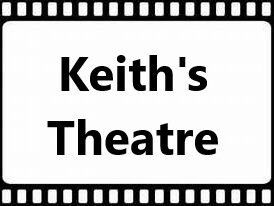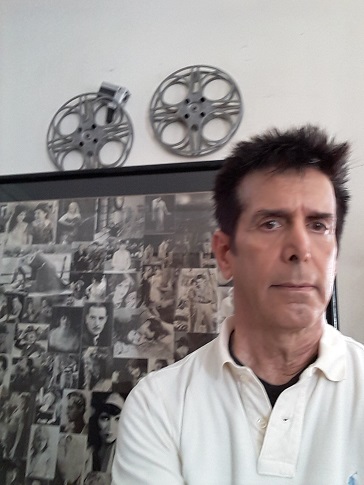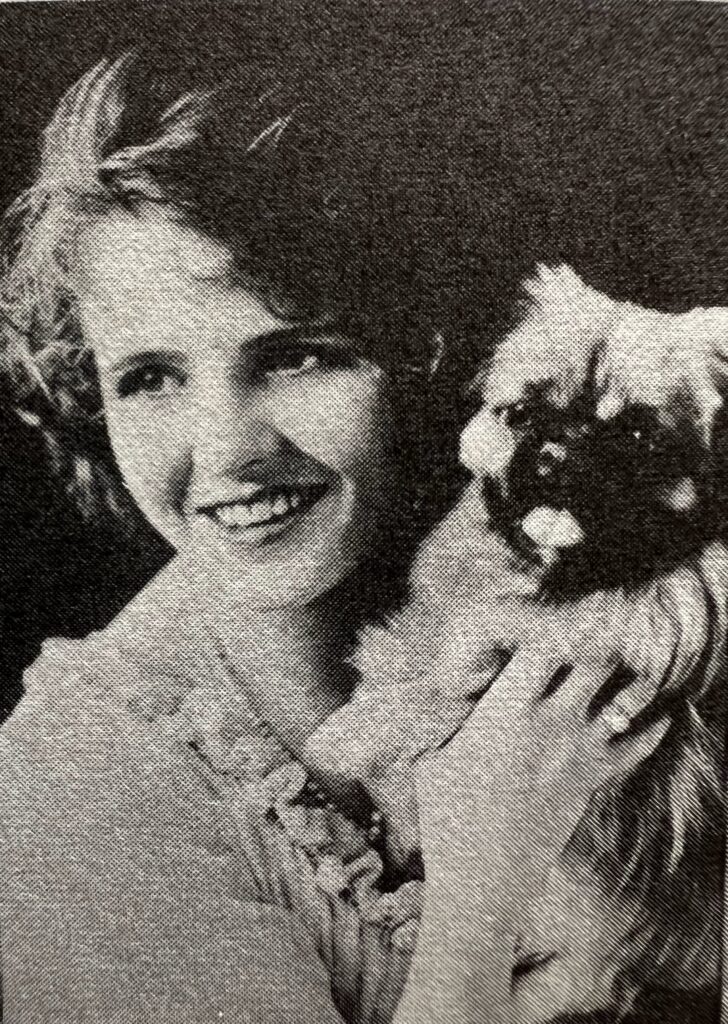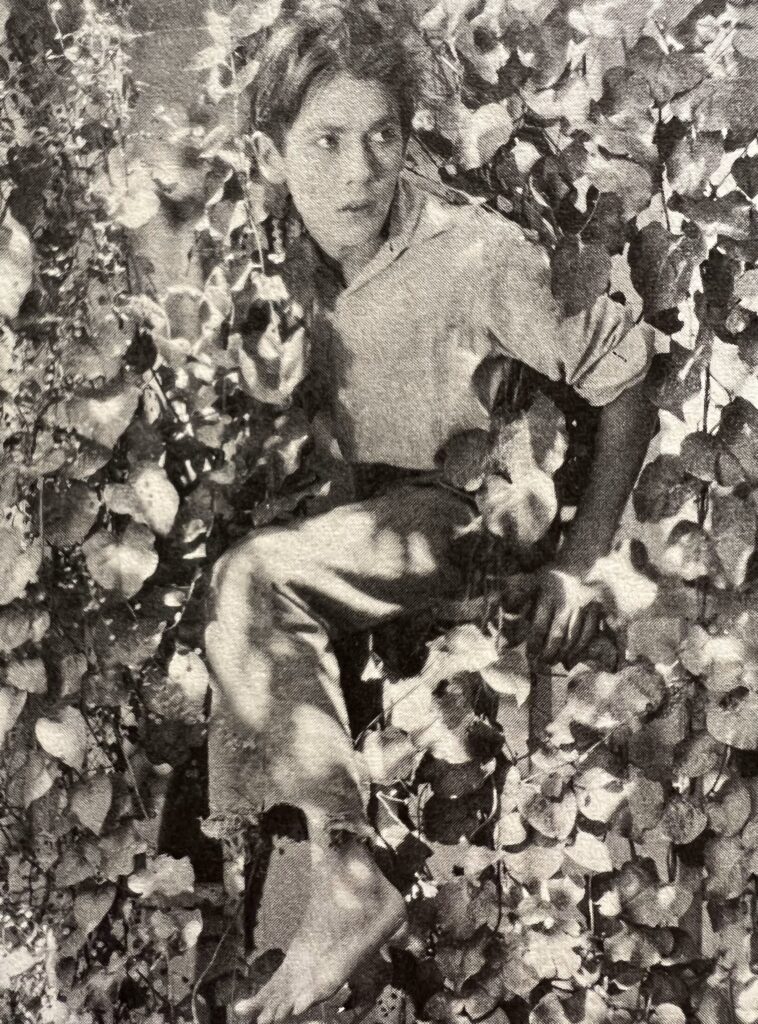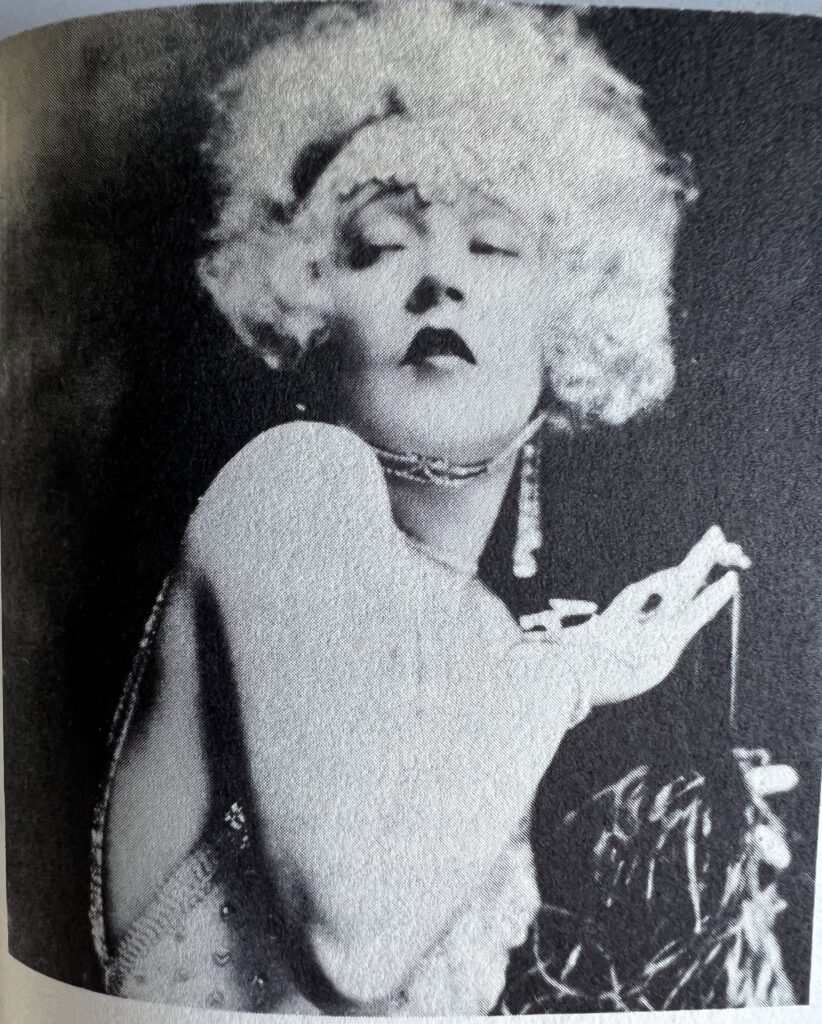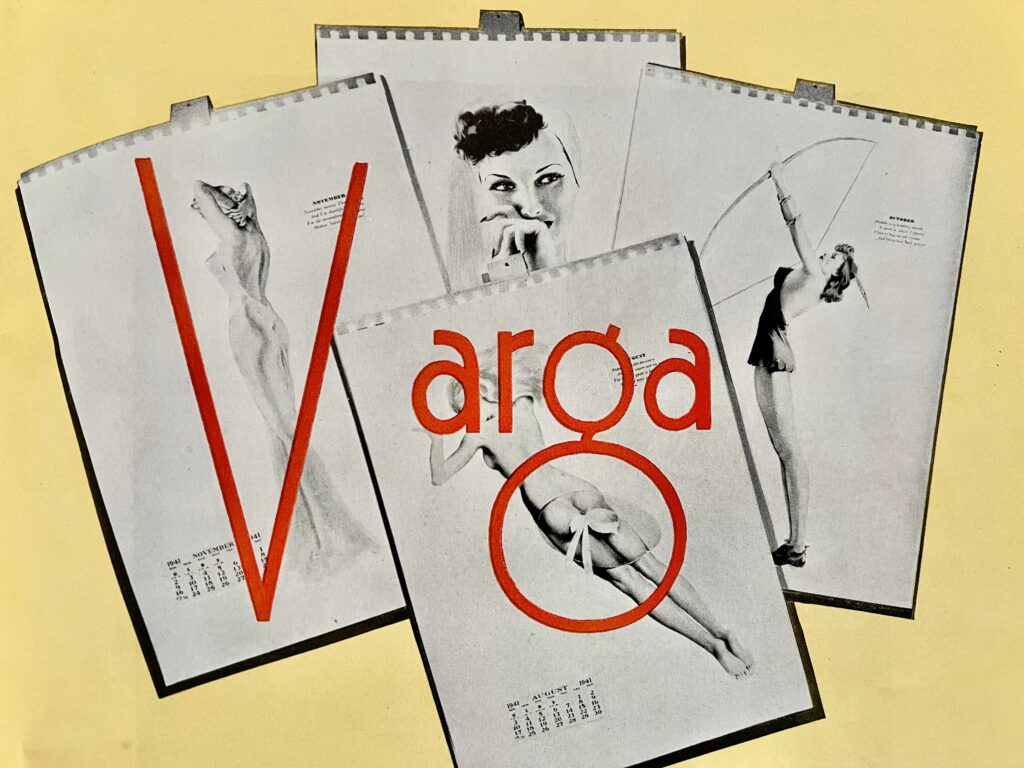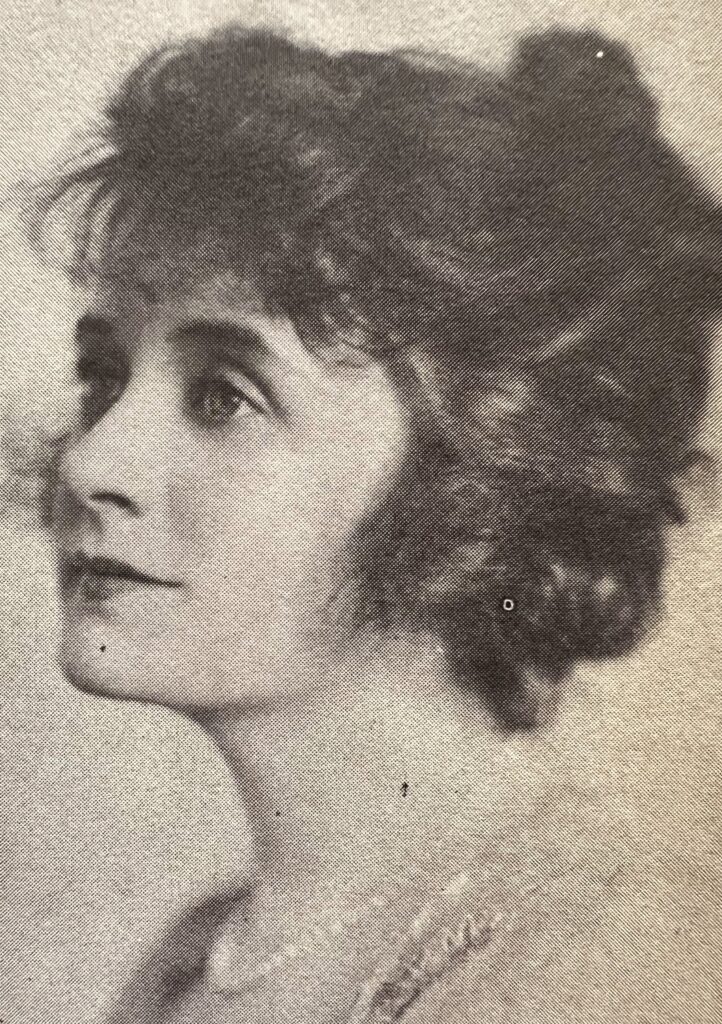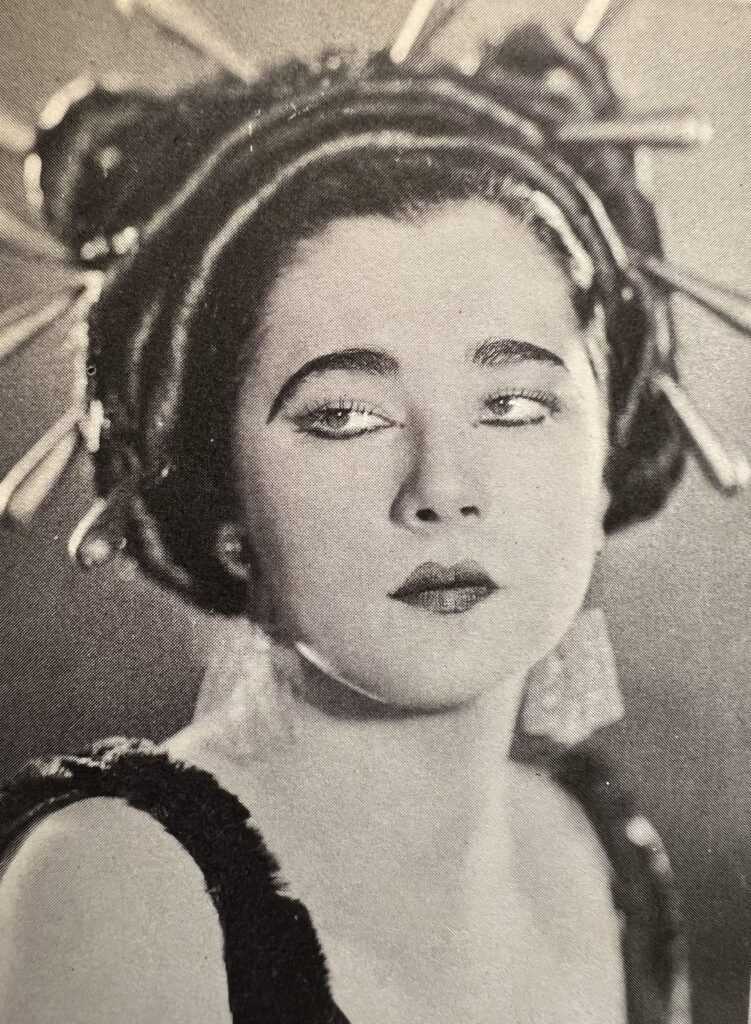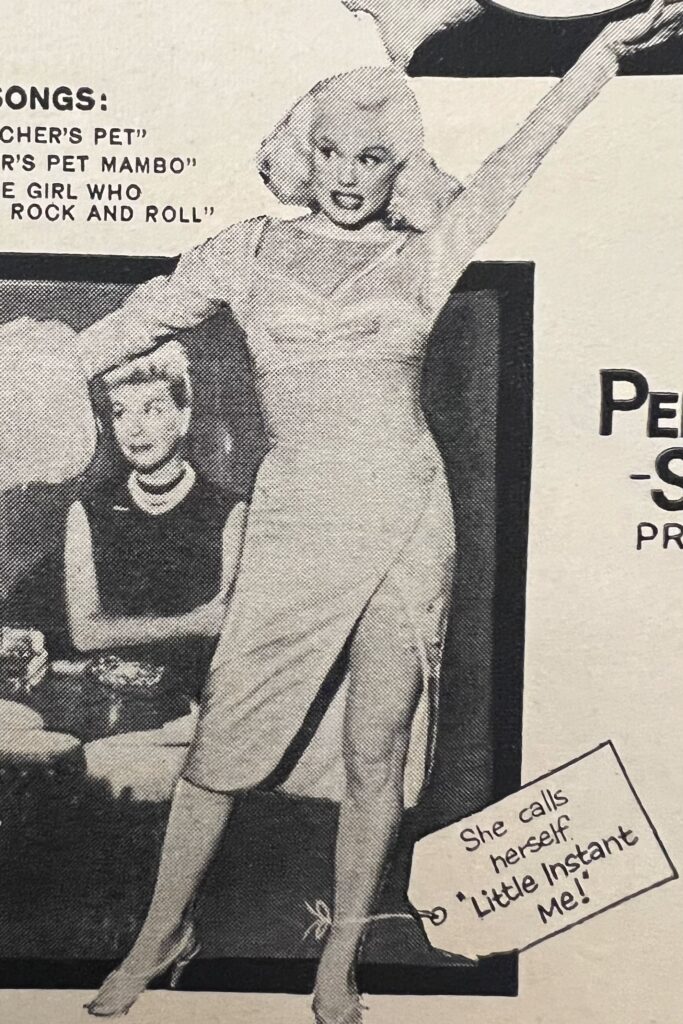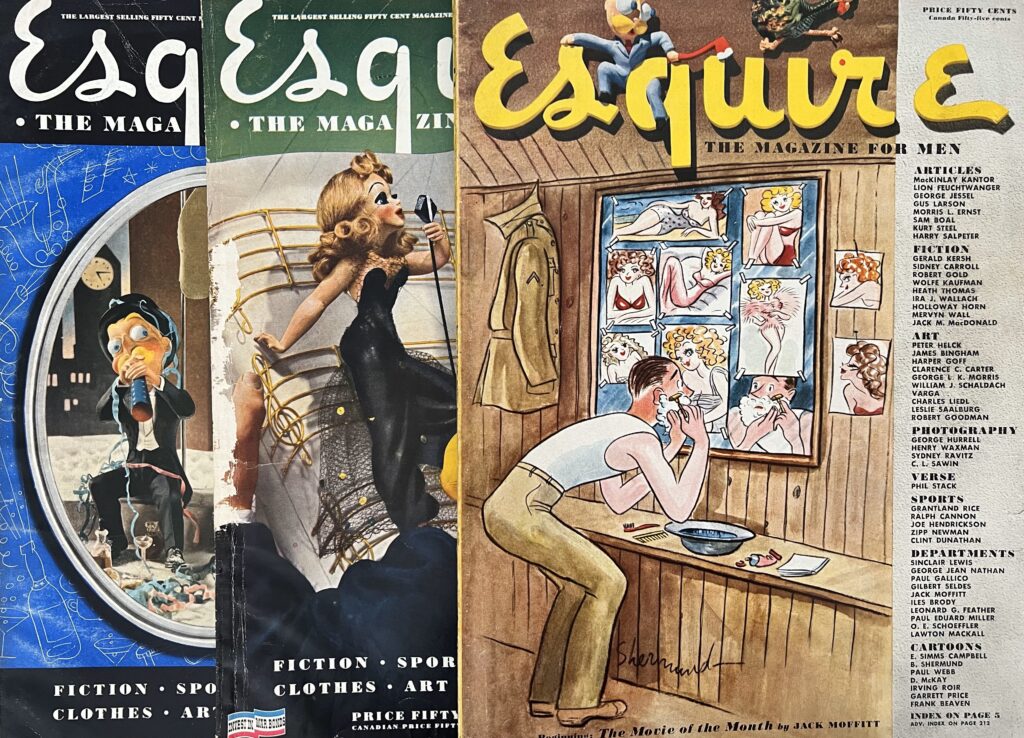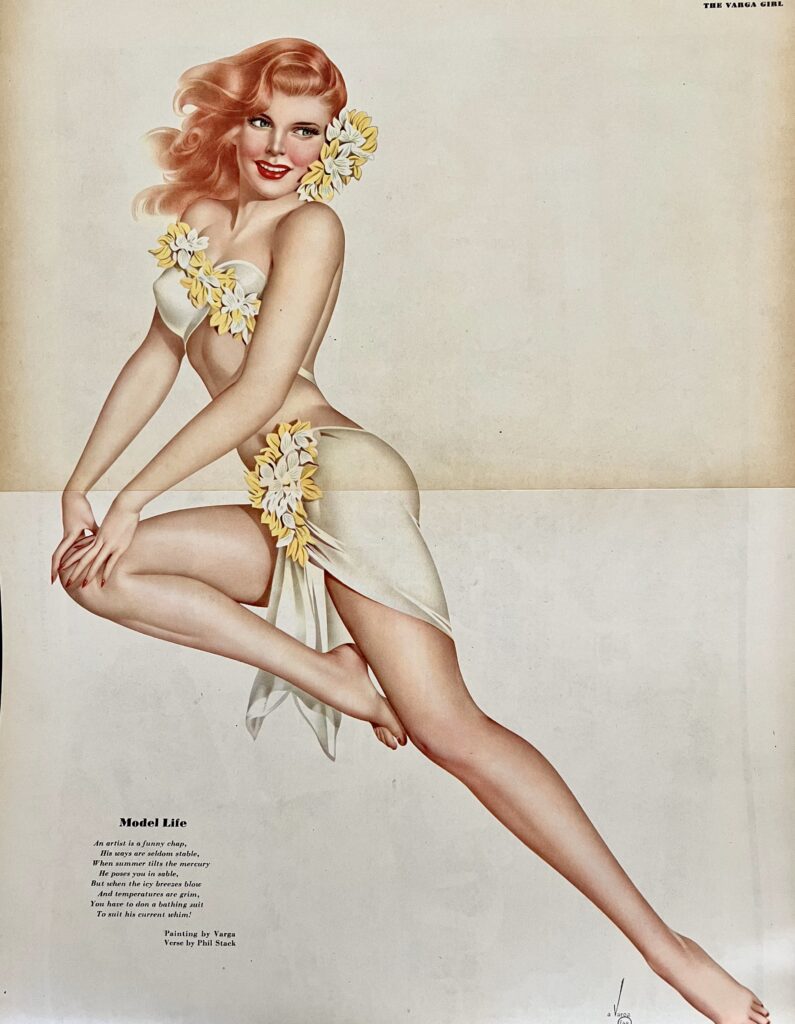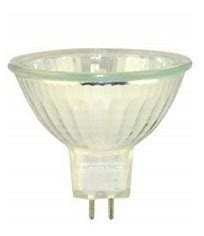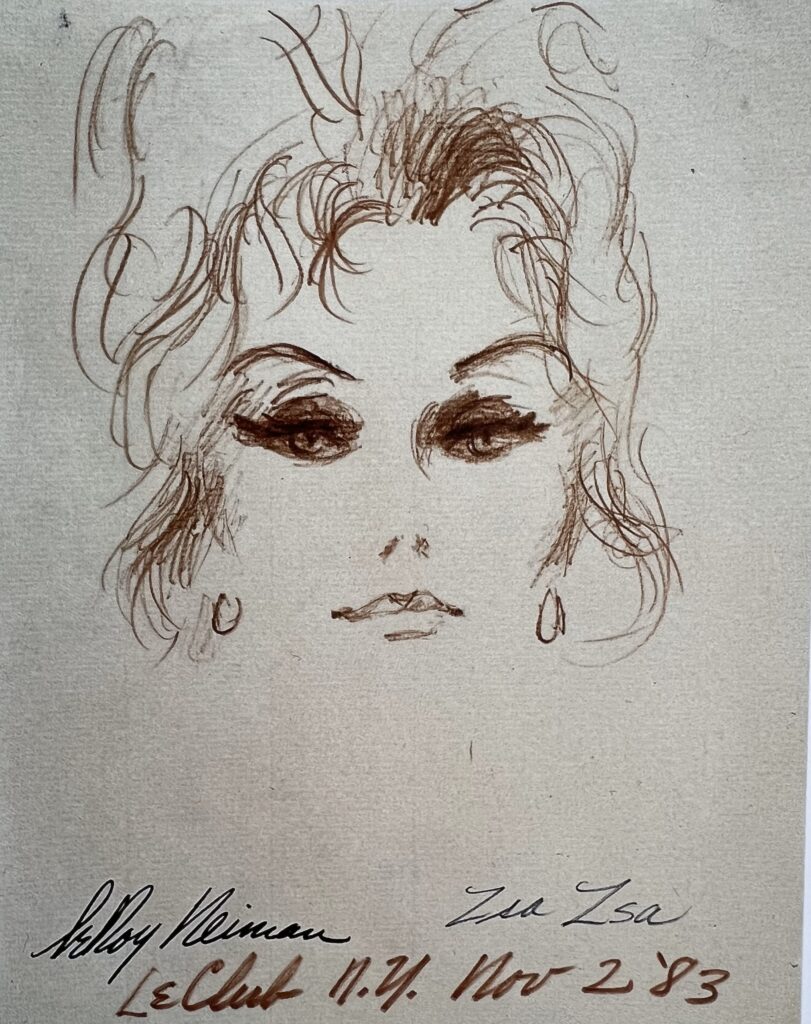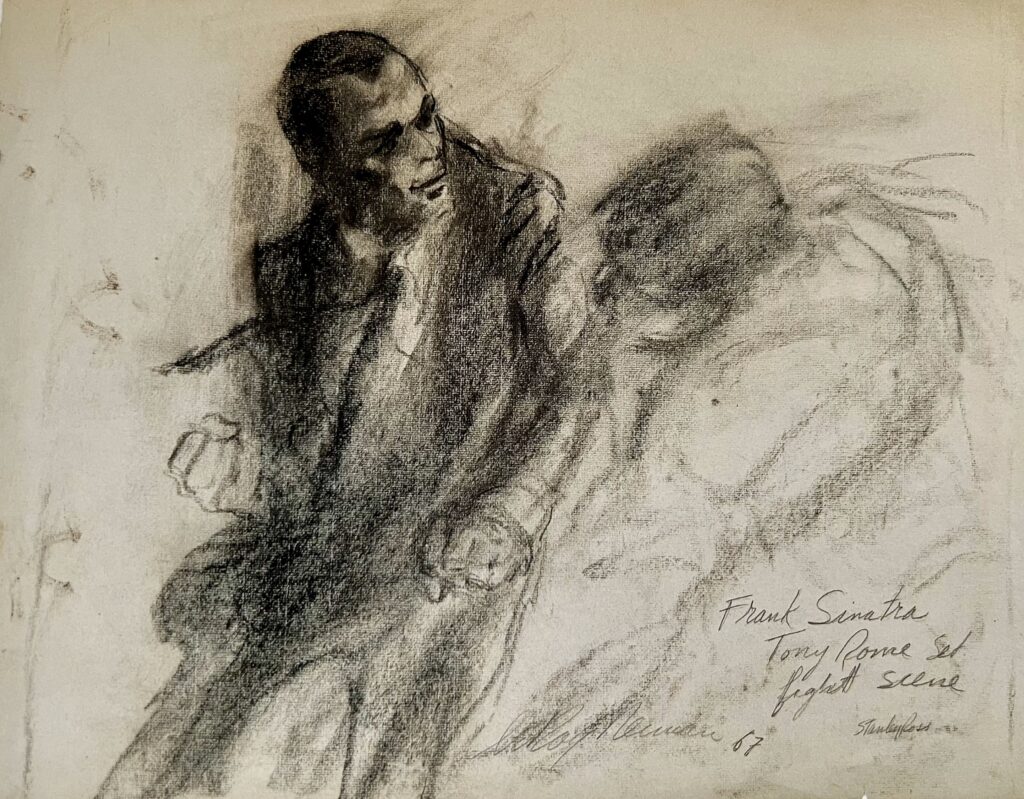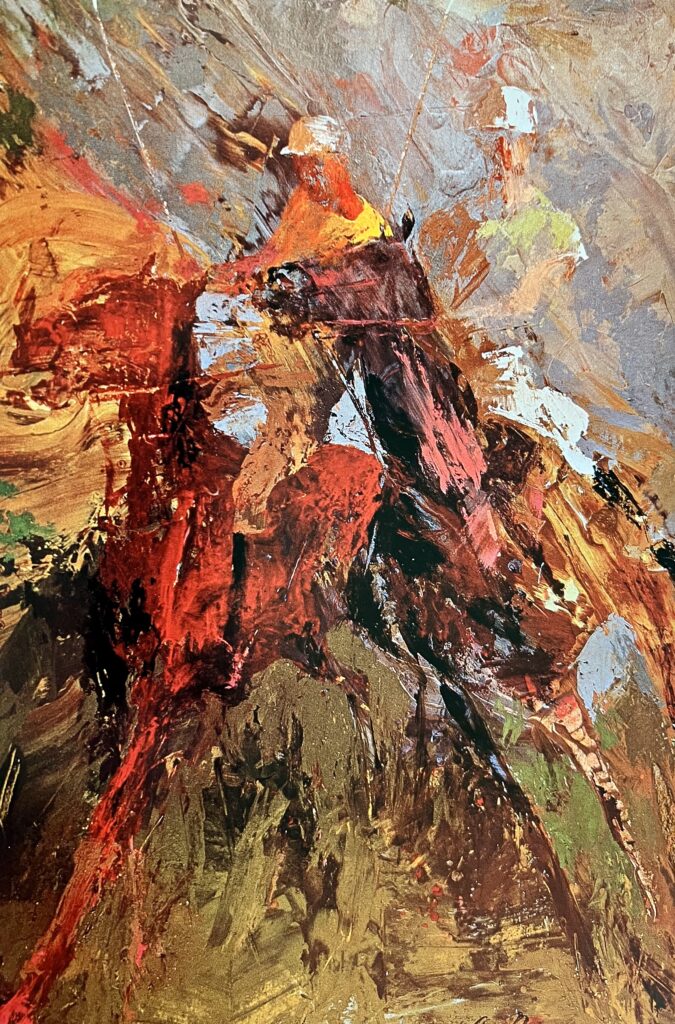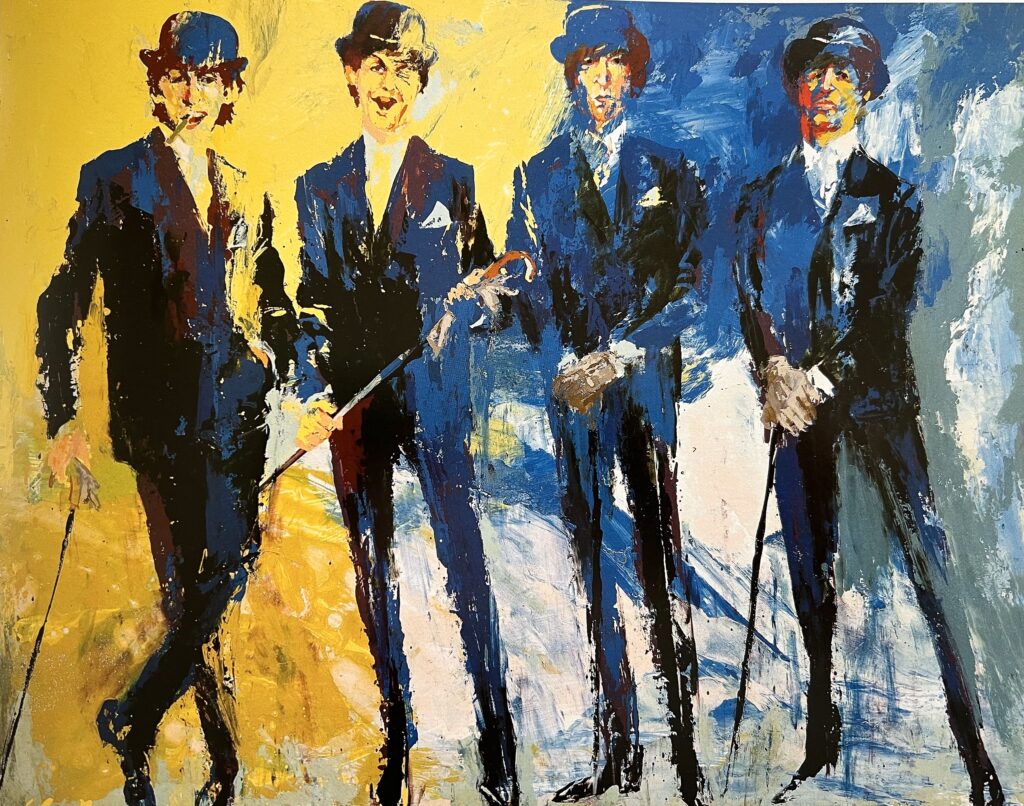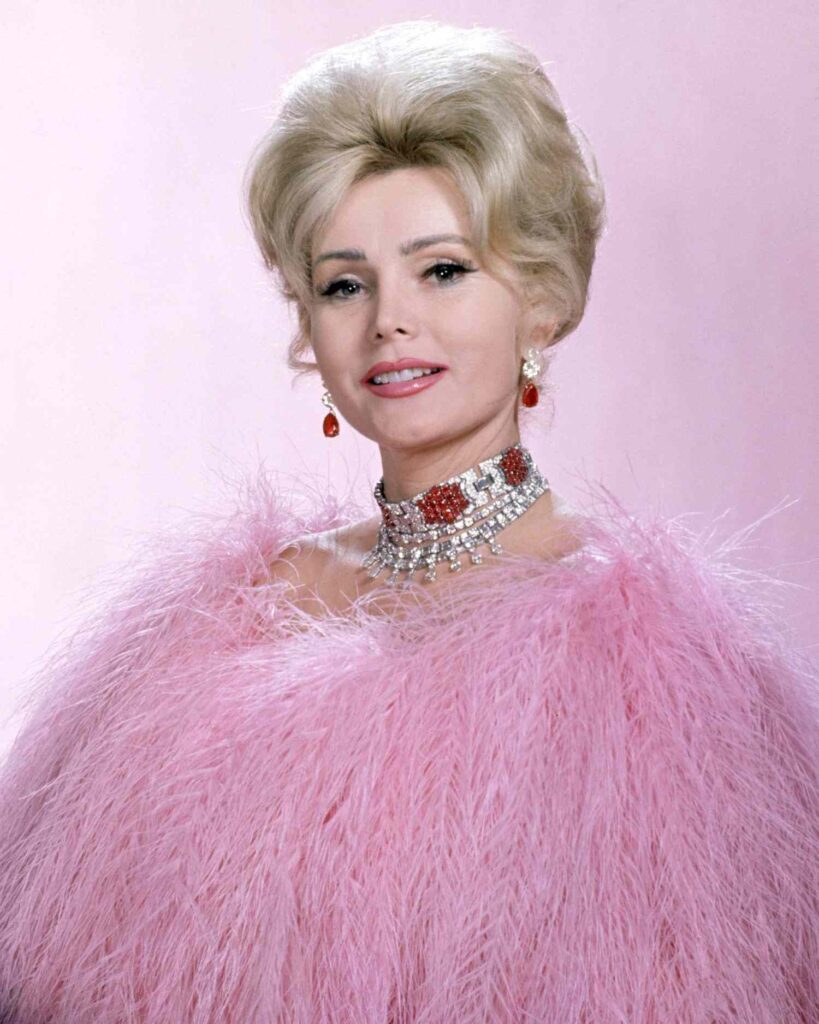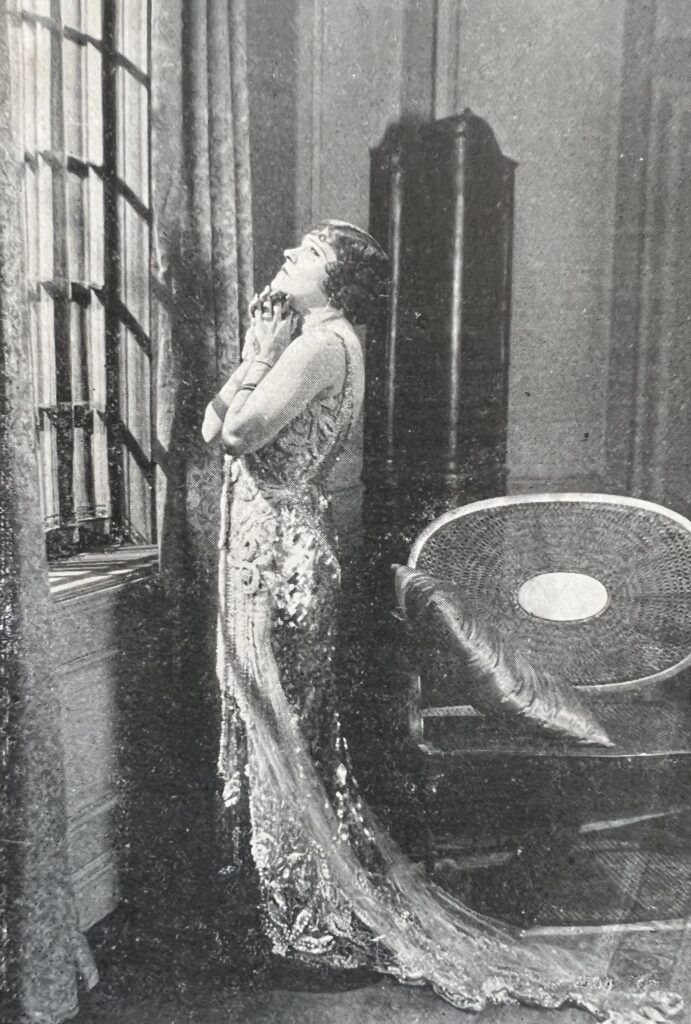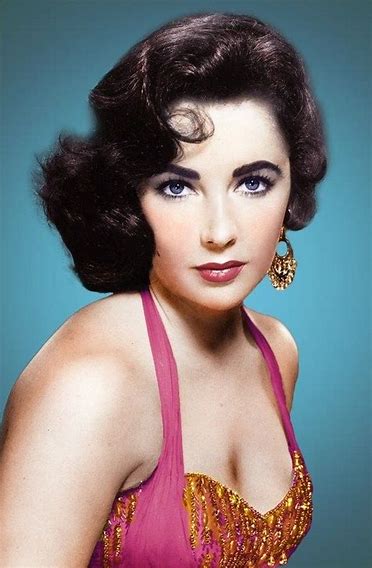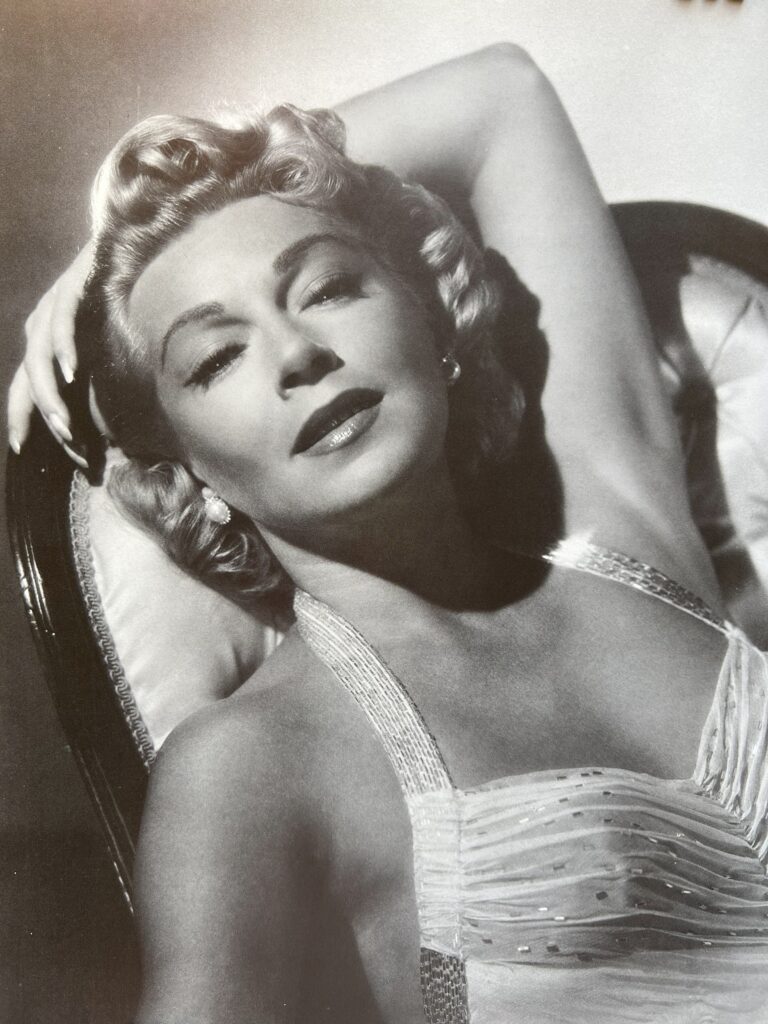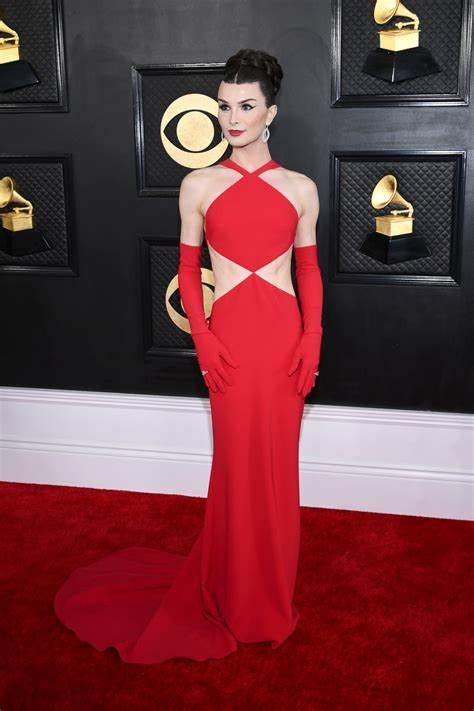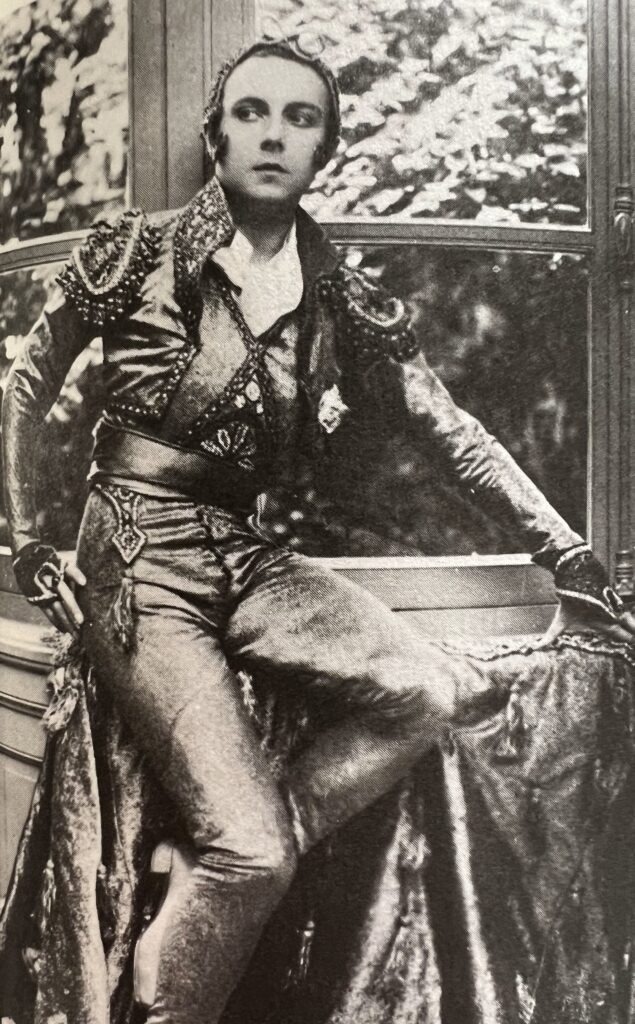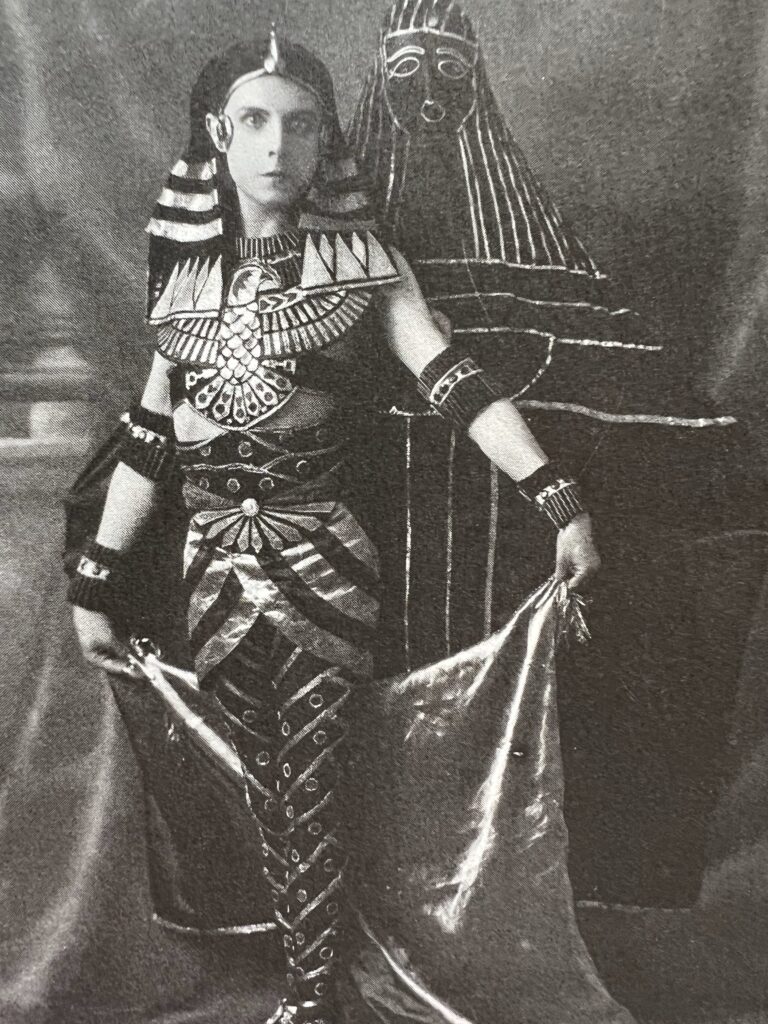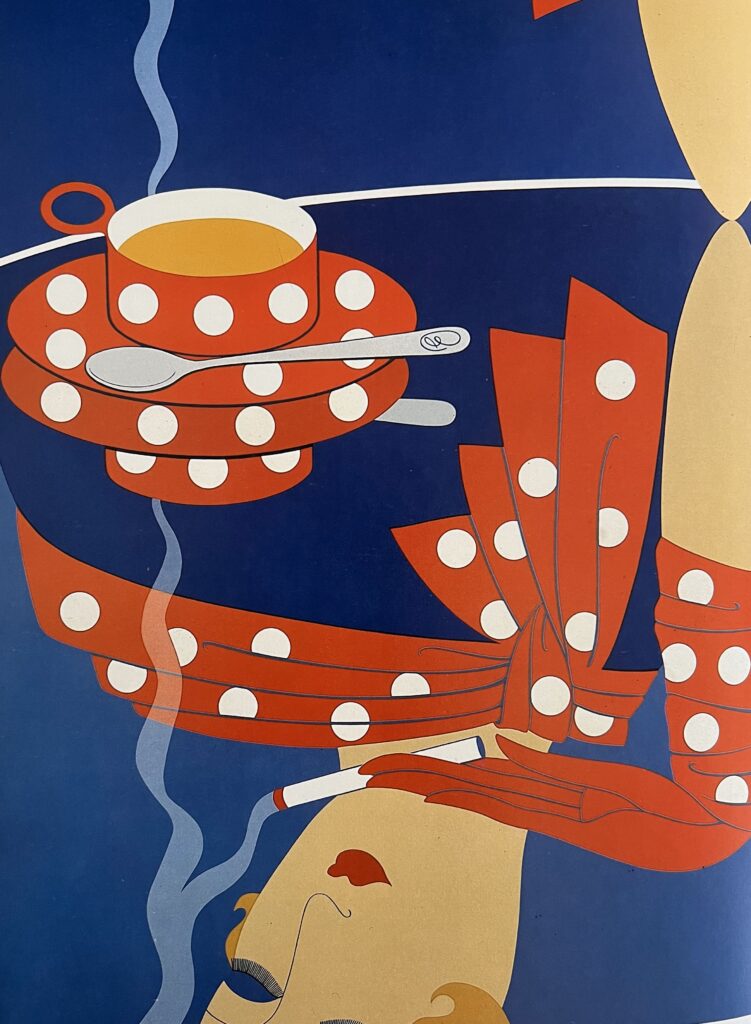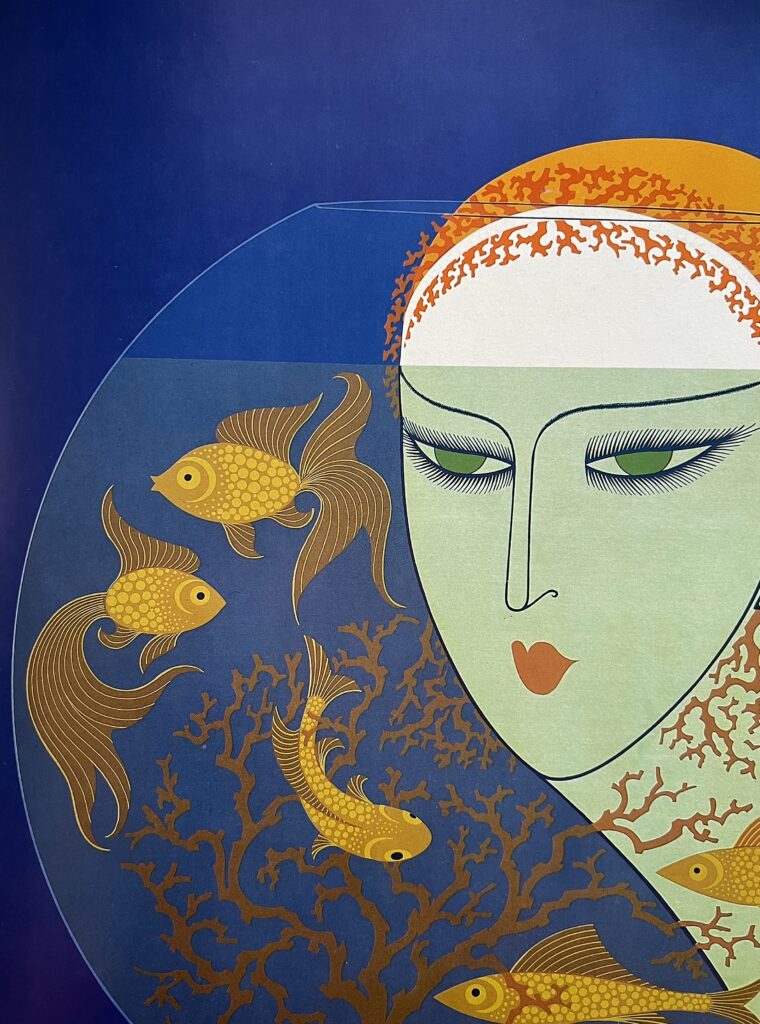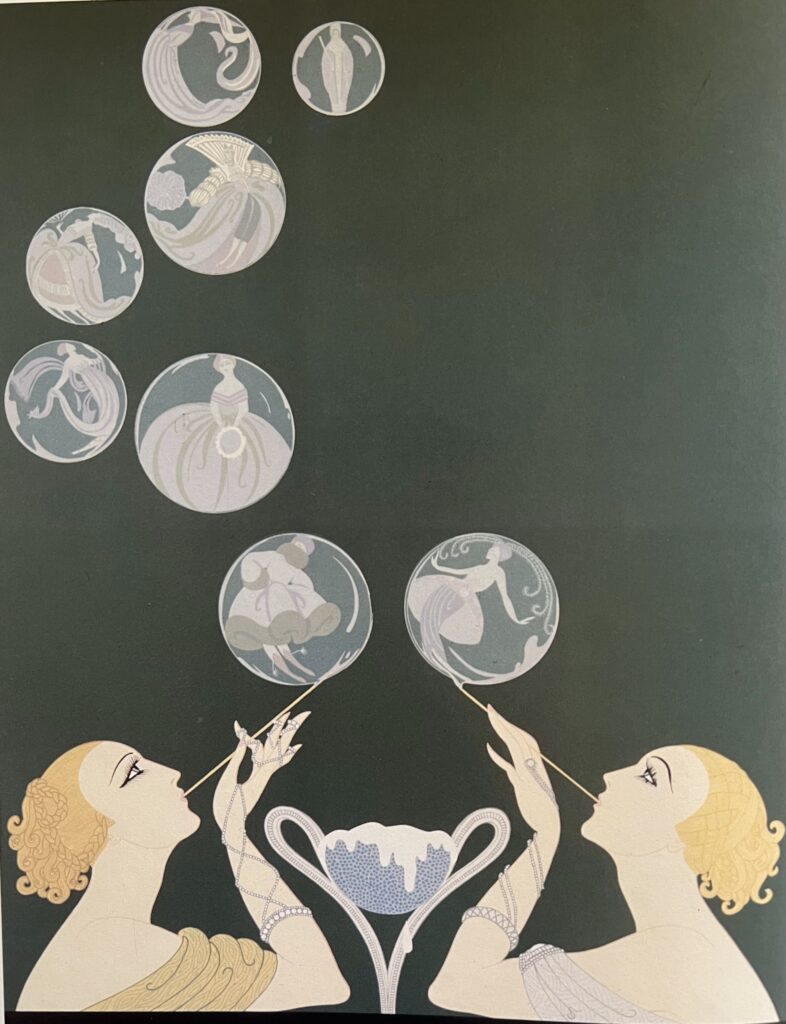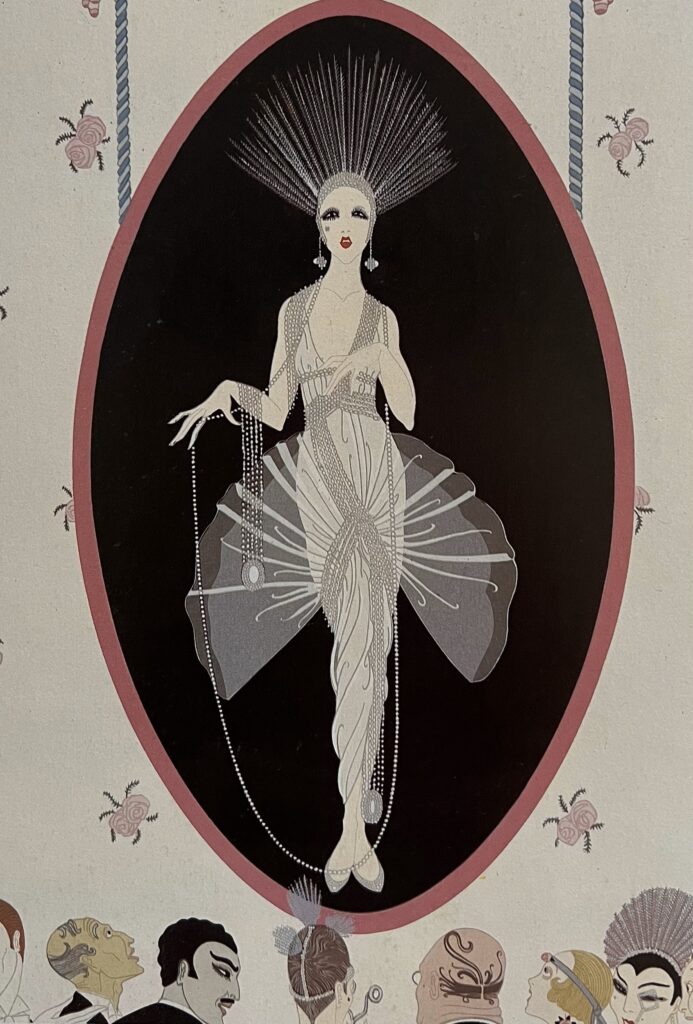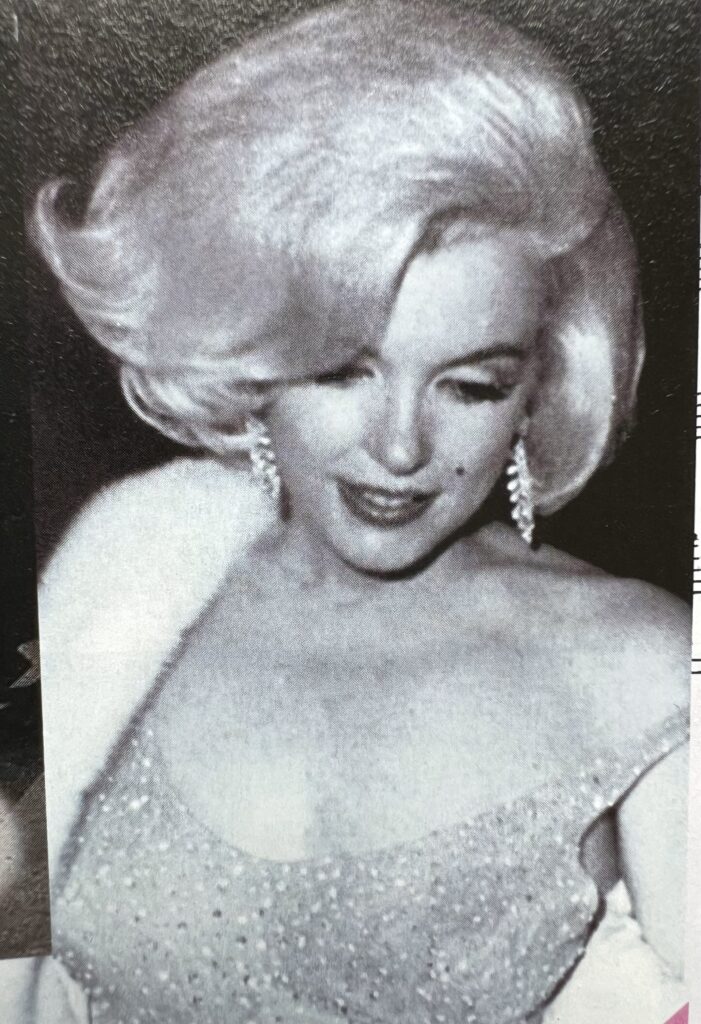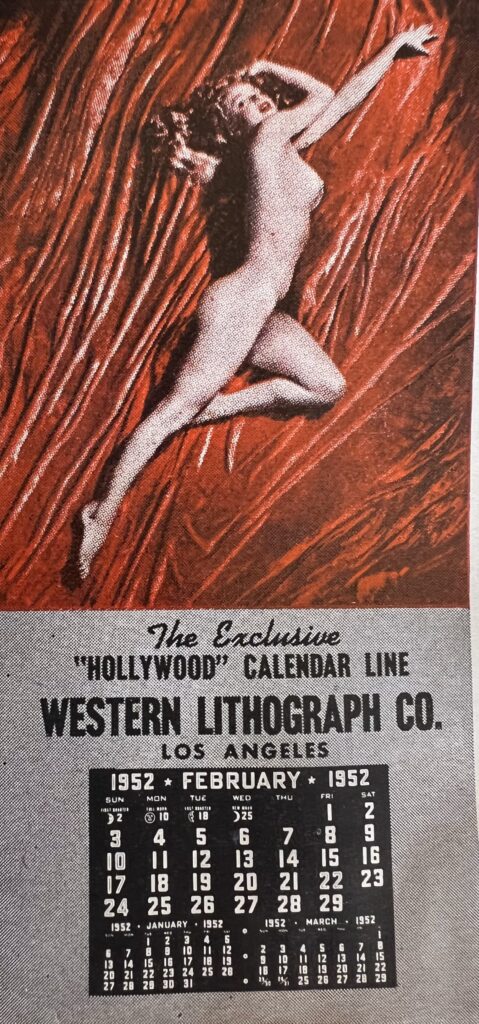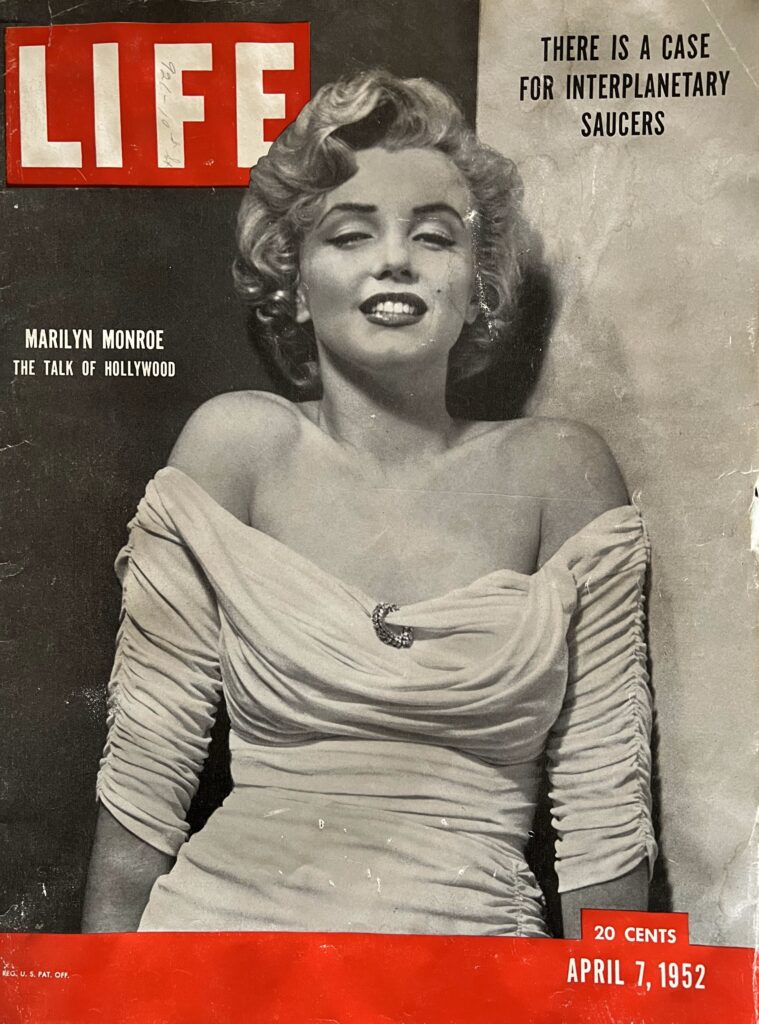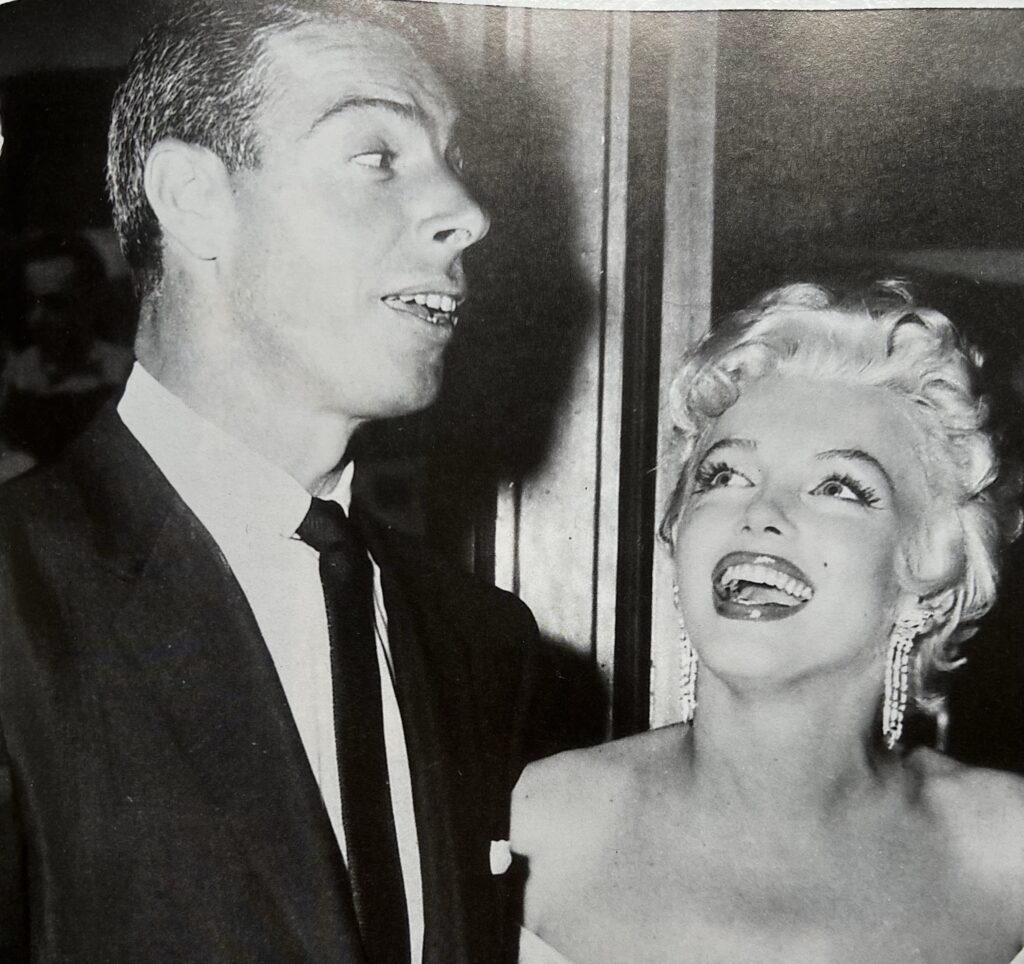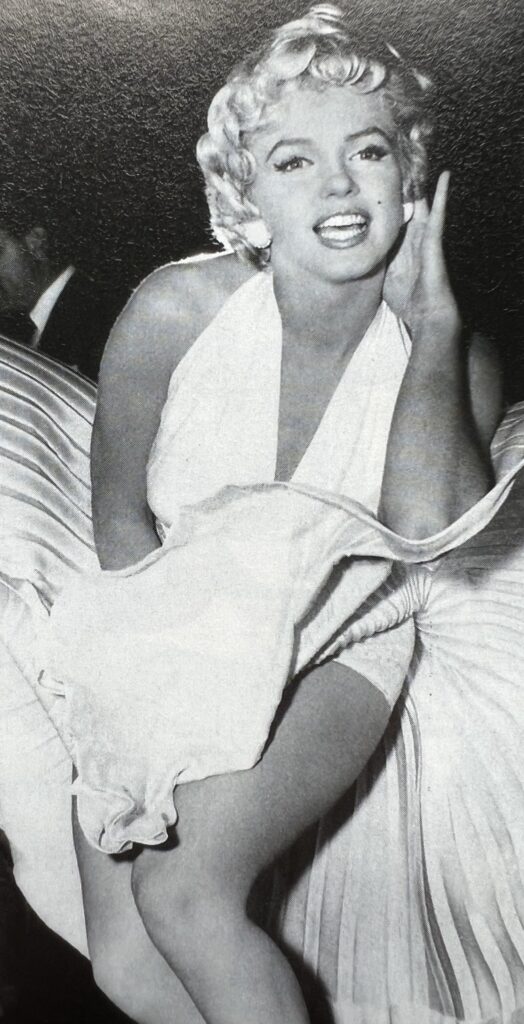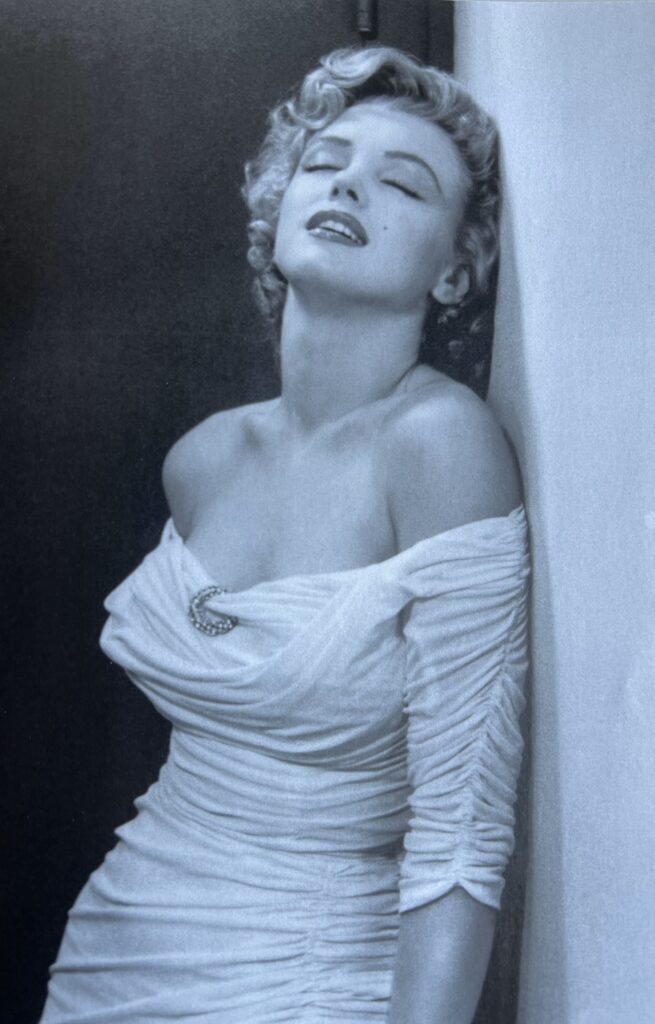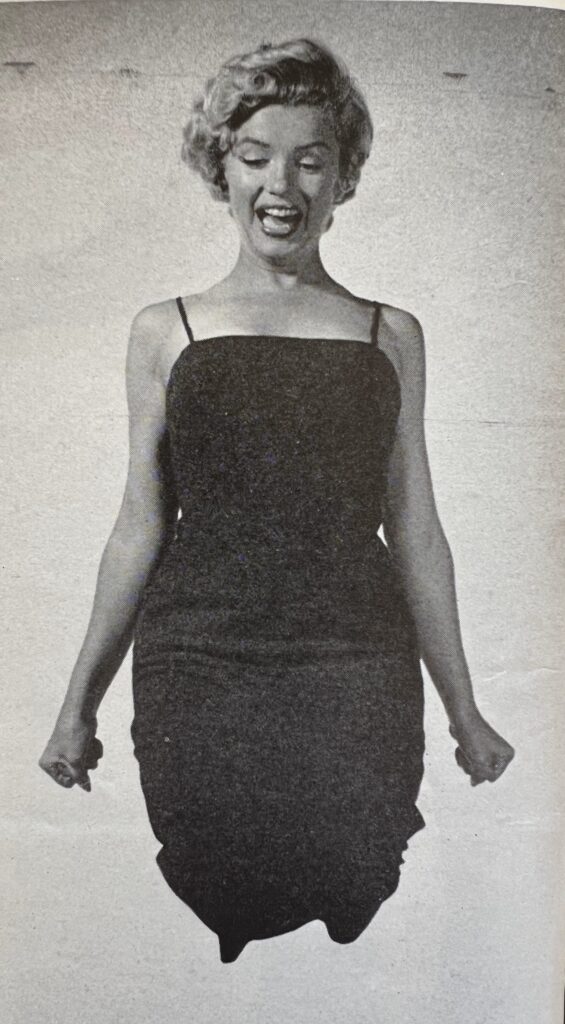(Love those old magazines, don’t ’cha know…)

As I thumbed through the pages of my collection of hard copy media this week, I found a few fun pages to share from my October 1925, edition of “Motion Picture” magazine.
Mae Murray was clearly in the spotlight that year since the MGM film, The Merry Widow, had been released and was performing quite well at the box office. A full-page ad for the popular film, directed by Eric von Stroheim, starring Mae Murray and John Gilbert, is found on page 7.
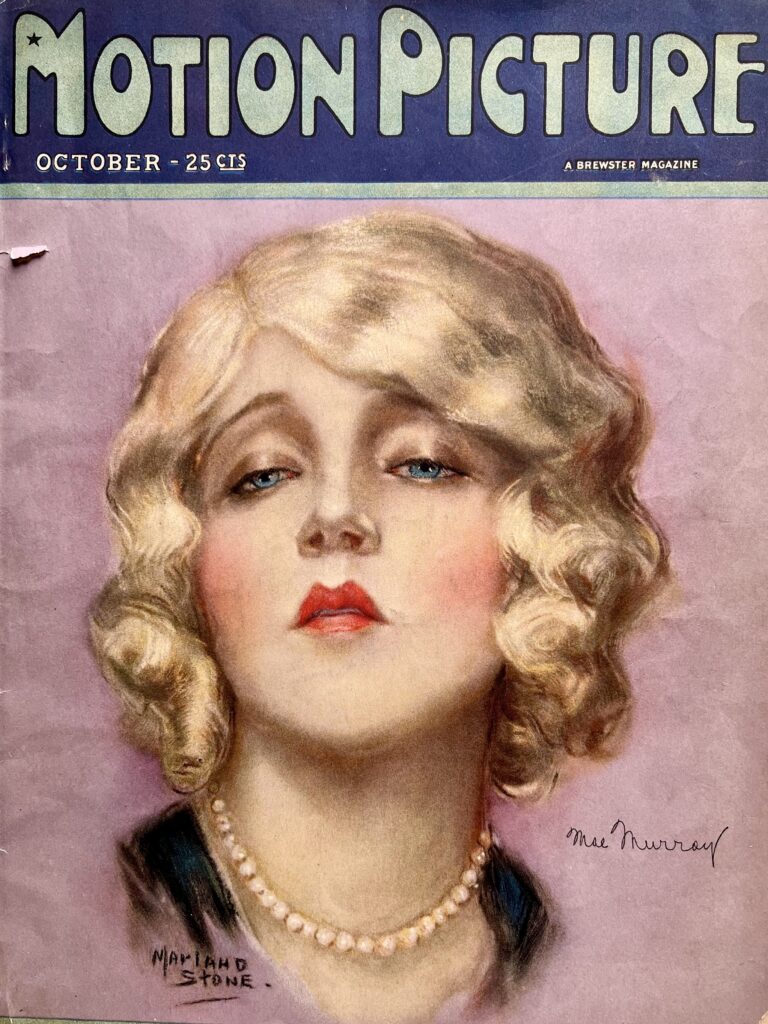

At the time, the magazine featured “Our Portrait Gallery,” and many photographs are found therein, including one of popular comedian, Charlie Chaplin, as well as Phyllis Haver, a leading silent actress of the day.
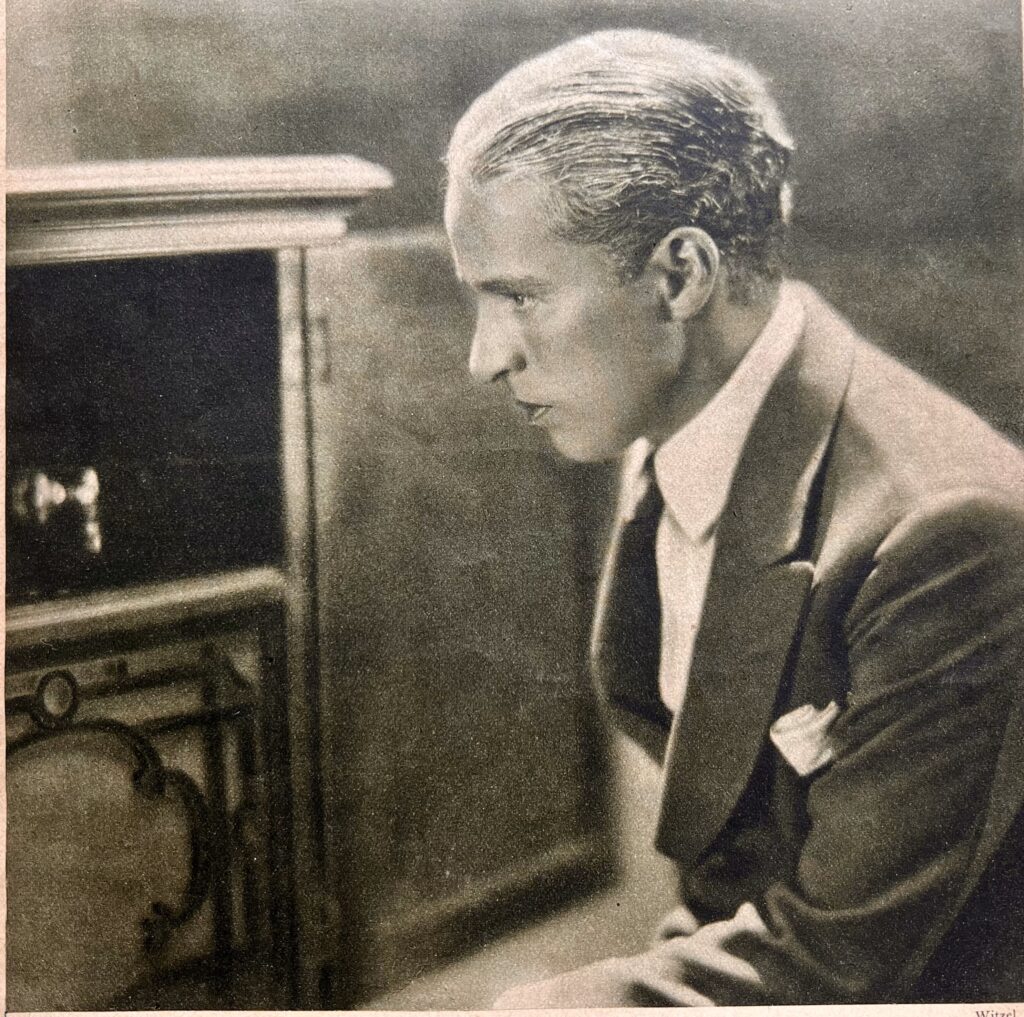

On page 22, we encounter handsome leading man, Rod La Rocque letting readers know what the well-dressed man will wear this autumn. Leatrice Joy, a beautiful leading lady of that era, does the same for women on page 23, as she sports some of the latest 1925 fall designs. Miss Joy was well known for her extravagant fashion sense and was rarely upstaged by any other star, apart from Gloria Swanson.
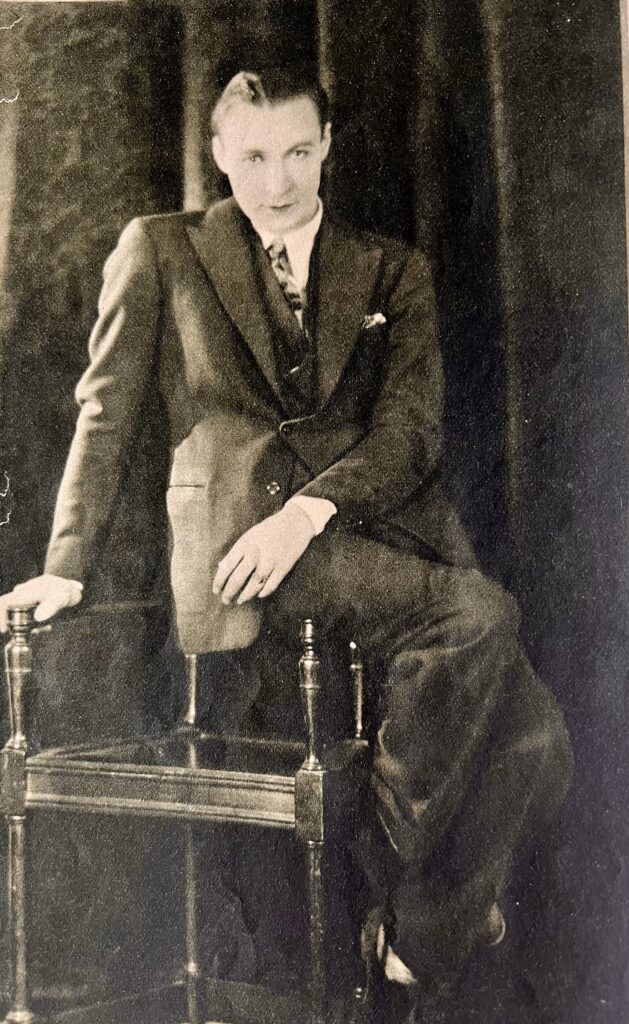
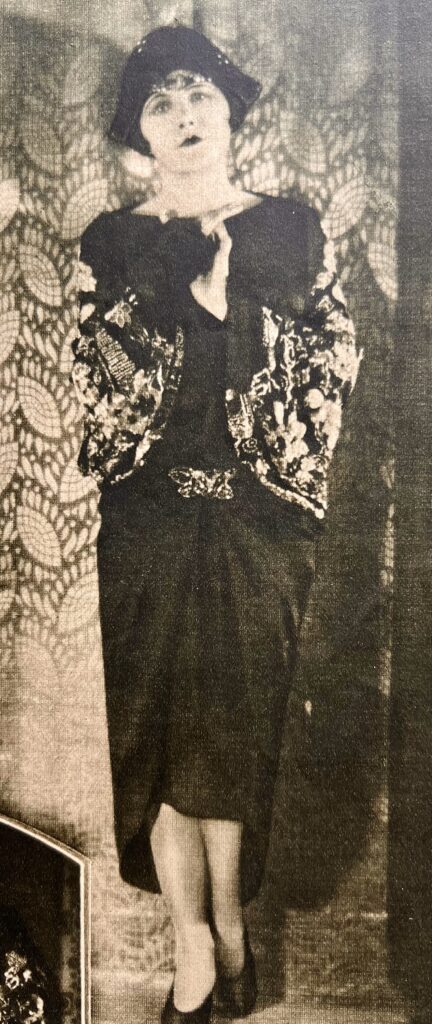
Page 28 gives us popular leading man Richard Dix, showing his plethora of actor’s “emotions.” Dix was more noted for his rugged good looks and physique, and less so for his histrionics.
Pretty obvious, wouldn’t you say?

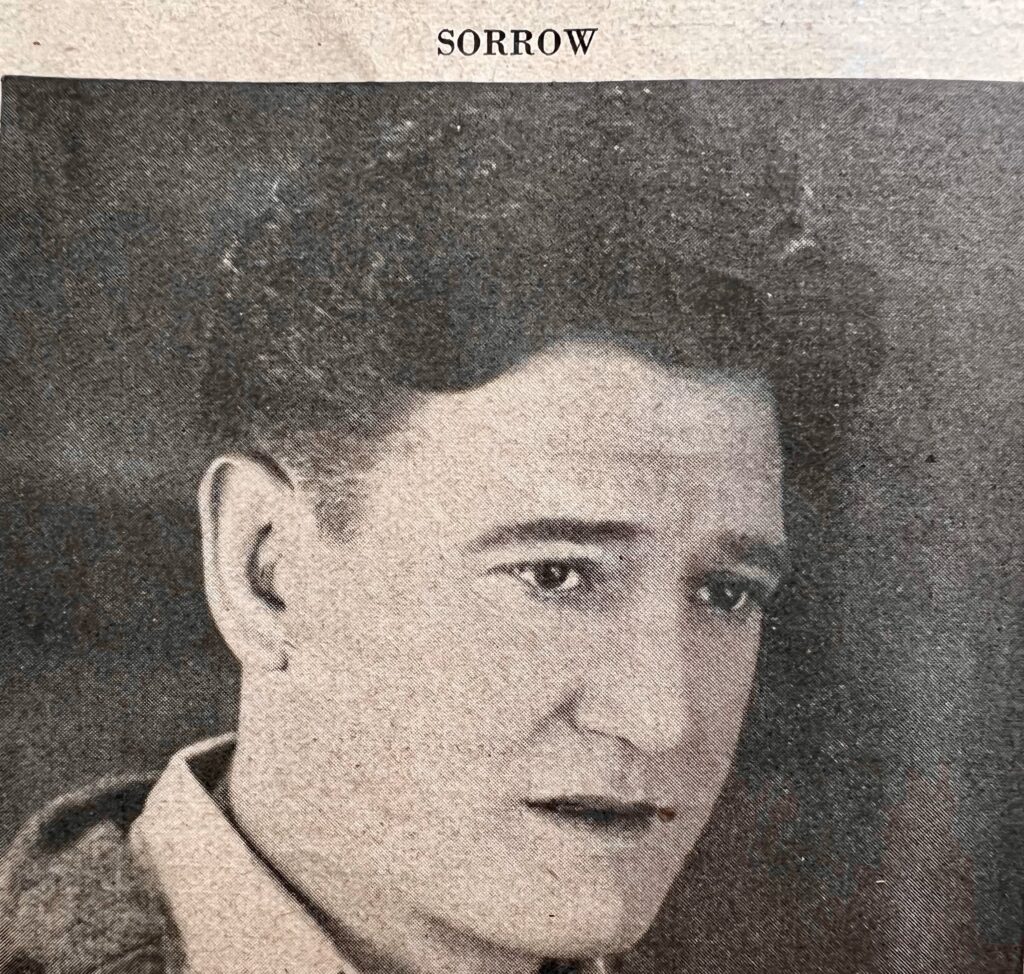
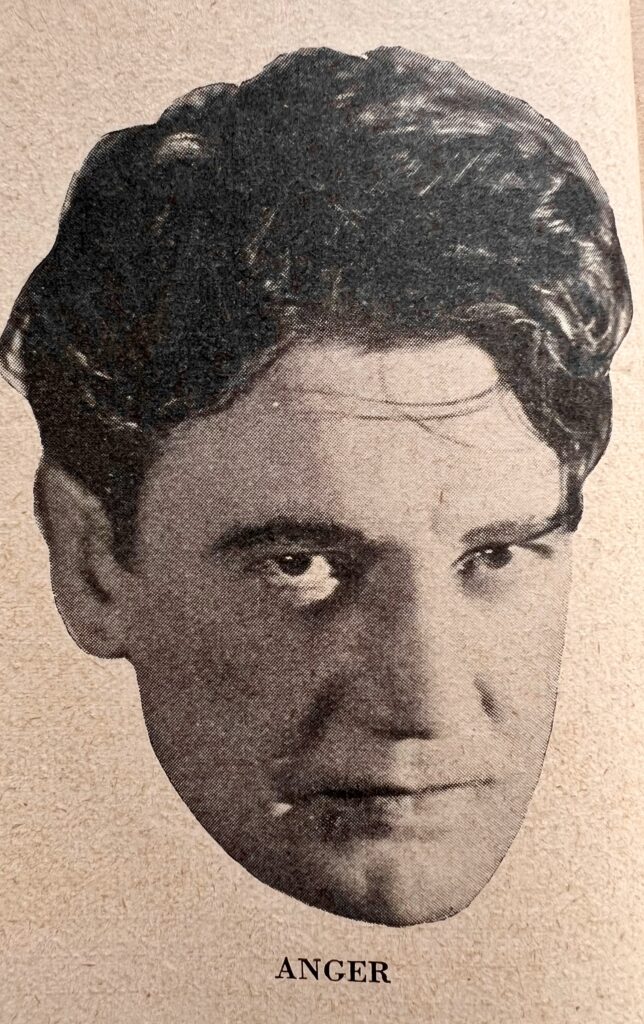
On page 32, “Mae Murray Tells Her Great Secret.” We are promised by writer, Homer Currie, that Mae will reveal her life plan and her philosophy – the very one that ensured her the enormous success she’d achieved as an actress.
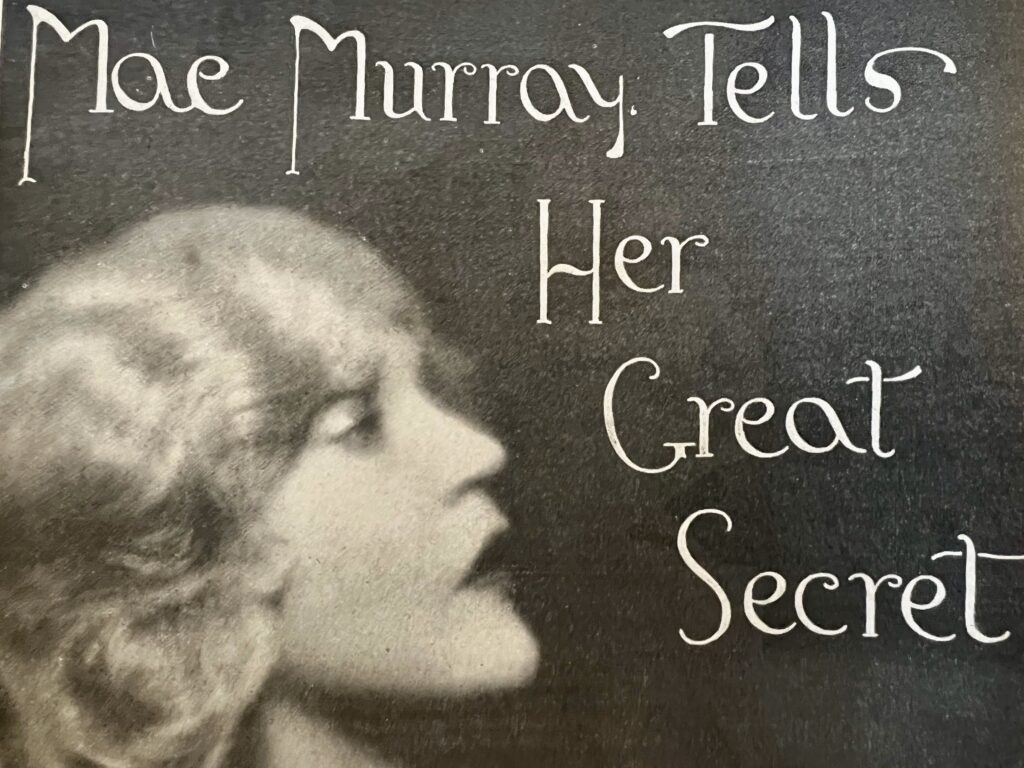
Slobbering in on page 41 is the new St. Bernard pooch called Robin Hood, at the Pickfair estate, where actress Mary Pickford resided at the time with her actor husband, Douglas Fairbanks. Their estate hosted all sorts of entertainment and political celebrities from around the globe, and occasionally, even royalty would pop in.
You recall hearing about the Pickfair estate, don’t you? Wannabe actress and singer, Pia Zadora (of Santa Claus Conquers the Martians fame), had it bulldozed to the ground, don’t ’cha know…
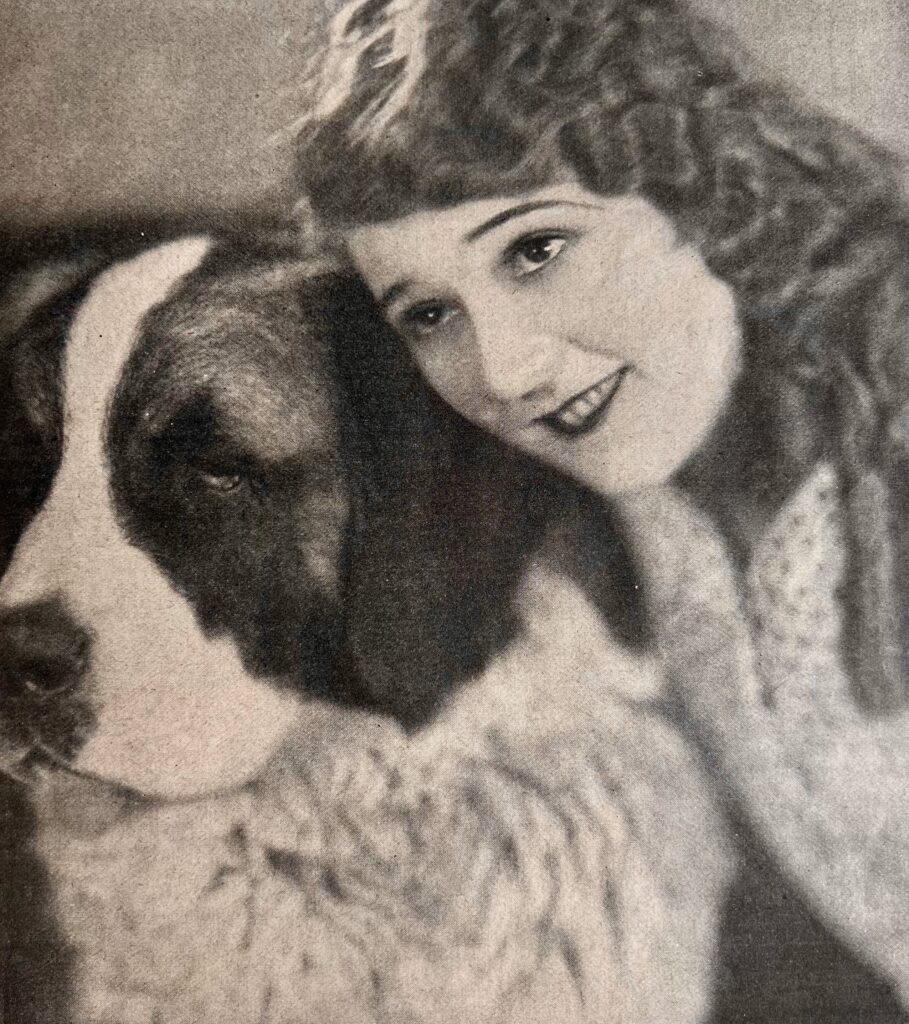
The feature from page 69 has one Mrs. William E. Borah, wife of the senator from Idaho, giving her skin care secrets. Guess what, ladies? She uses Pond’s cold cream and vanishing cream. FYI, they’re still available!
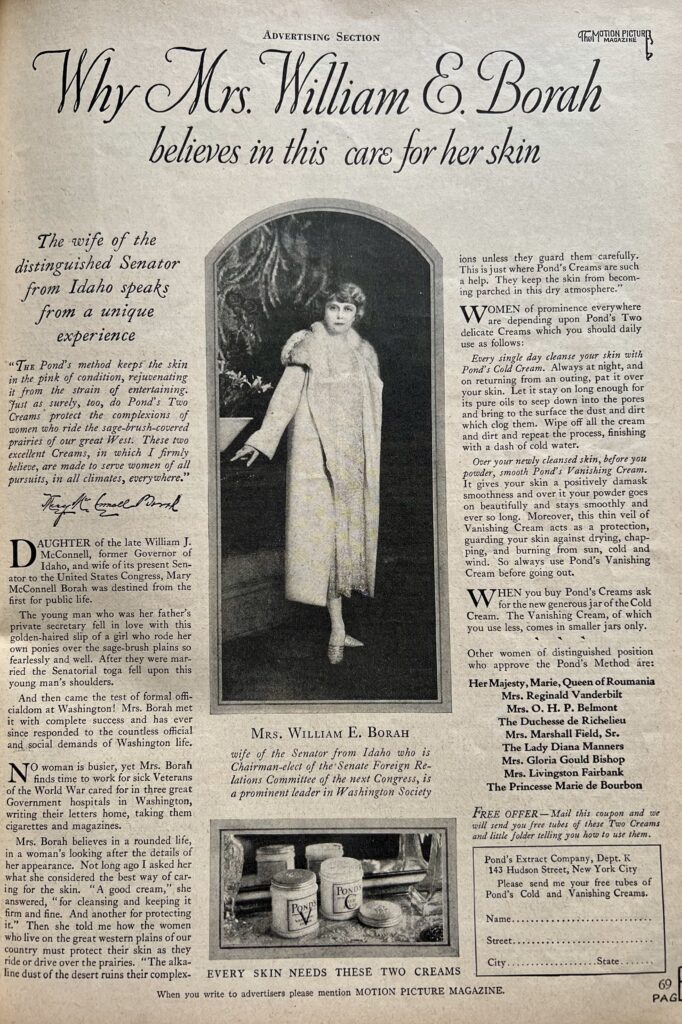
A few pages later, on page 77, we find an advertisement for “Pum-Kin” rouge, which was all the rage back in the day. My very own grandmother used rouge, which was applied oh-so-sparingly with its own little cosmetic puff (although a lot of women just used a wadded-up cotton ball, as I recall).
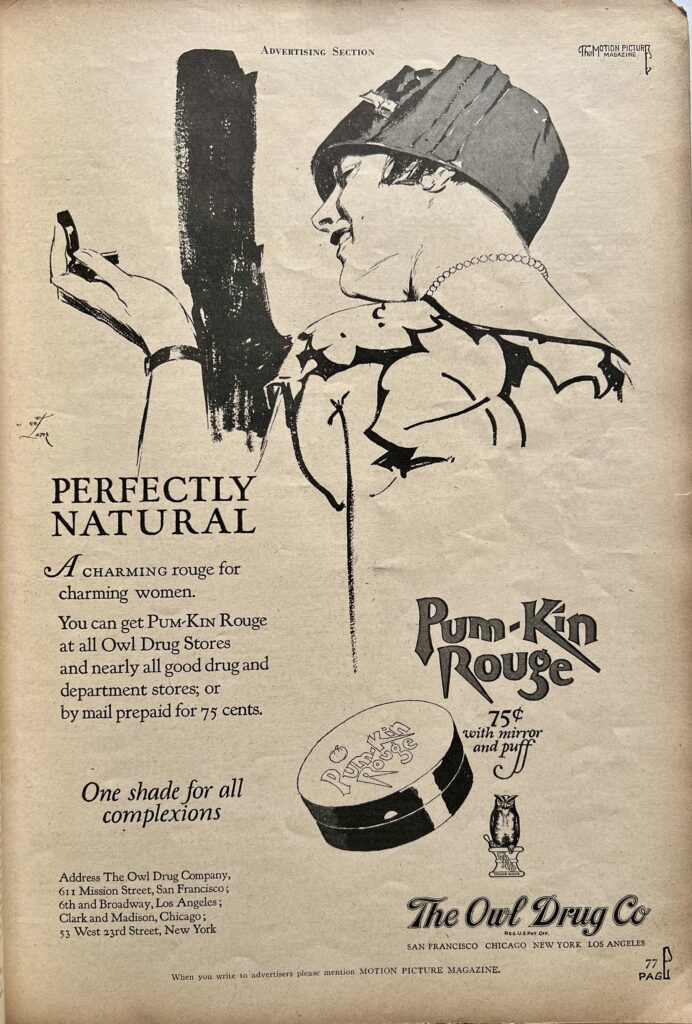
Why was it used so sparingly, you ask? Because it was easy to “misinterpret the situation,” should one apply it a bit to liberally!
Got the picture? Women would sometimes end up looking like “sl*ts.”
Probably going to get all kinds of hassles for that little remark by my lady friends, don’t ’cha think?
Page 118 brings us to the free bottle offer from “Mary T. Goldman’s Hair Color Restorer.” We are asked to write to Mary T. Goldman, 493-L Goldman Building, St. Paul, Minn., for the free sample of hair dye. Notice how there is no zip code given. This predates zip code usage, even the 2-digit zone code period of my youth.
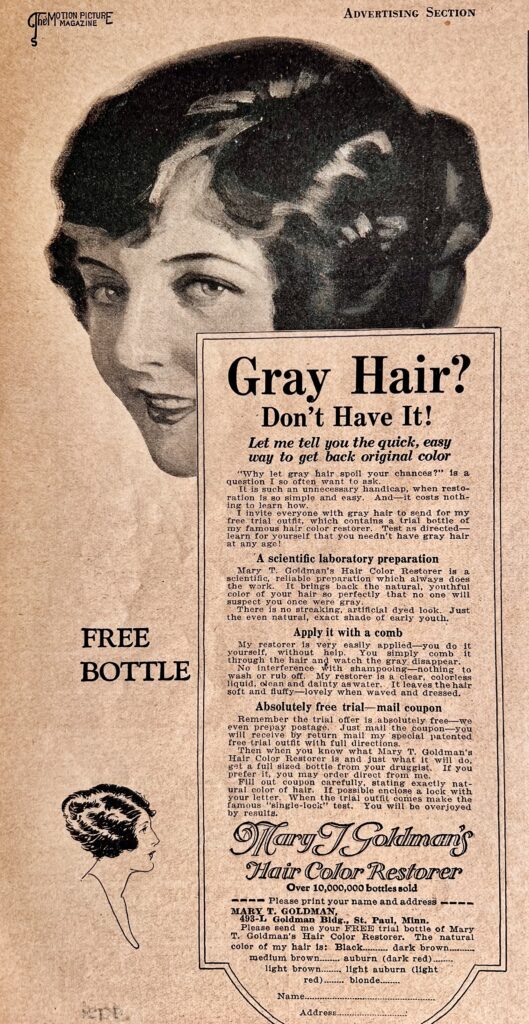
And finally, the back cover ad for Palmolive bar soap is found. At the bottom of the page, we read that “Palmolive Soap is untouched by human hands until you break the wrapper – it is never sold unwrapped.”
Until next time…

